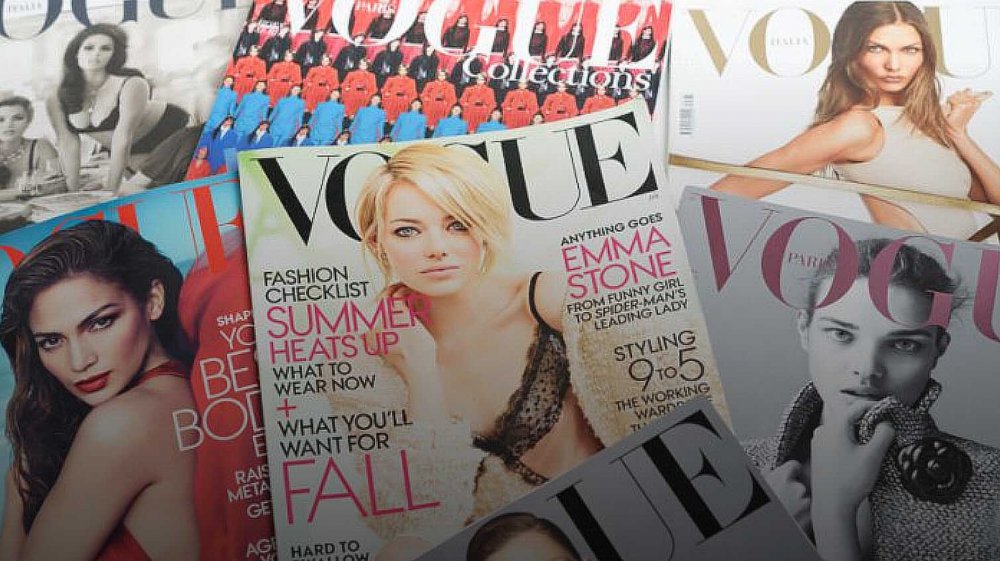Just thinking more about this, Vogue used to be
the authority on fashion. Part of its appeal was that it was a curated magazine that featured writers, editors and photographers who were far more knowledgeable about fashion and
talented in presenting it than I was. These people told readers what was in, what was out, what was good what was bad and allowed readers to dream about the infinite possibilities that clothes presented us with in our daily lives through its spectacular imagery. Now, did I
need Vogue to tell me what the latest trends of the season were? No, but I loved to hear the views of a roster of talented and knowledgeable contributors.
Fashion is exclusive by nature. The great fashion critic Heidi Klum once said "In fashion, one day you're in, the next you're out". The problem is that Vogue has ceded its own authority in the name of inclusivity and now presents us with a magazine where every celebrity is an icon, every brand and designer is great, every photographer can contribute, all stylists have good taste and everyone gets gold medals for participation at the end of the day. This is an issue that goes far beyond Vogue and Condé Nast, one only needs to look at the sorry state of fashion criticism in recent years to see this. So many people are afraid to say what they really think and so many people have been bought by the large conglomerates (professionalism counts too, so don't mention Louis Pisano as an arbiter of truth in contemporary fashion

). Did Vogue and other gatekeepers of fashion always get it right? Not at all, and they've rightly acknowledged their shortcomings when it comes to their record of embracing editors, designers, writers and photographers of colour in their magazines, but instead of actually putting the hard work in to find and cultivate visionary talent from all walks of life (which actually takes time), they've gone the lazy route and simply opened the doors wide open and said "everyone's welcome, everyone is talented".
So where does someone like me go for stimulating commentary on fashion? Well, to The Fashion Spot of course! And even sites like WWD and BoF (sometimes!) provide more interesting commentary and criticism of fashion than a magazine like Vogue does. Of course, there is (and perhaps never will be) a replacement for the spectacular imagery that Vogue used to produce with the likes of Penn, Newton, Meisel, Lindbergh, Testino and Leibovitz. I never
needed Vogue before, but I enjoyed its point of view (even in its more mediocre issues) and now that that point of view has been stripped away and the standards have been lowered so far, I instead prefer to get my daily dose of bullsh*t PR-spin (that Vogue seems to be so invested in) directly from designers, brands and celebrities themselves on Instagram

.
Am I being too nostalgic and generous to the same Vogue that put Melania Trump on the cover in 2005? Probably, but it's a Sunday and I'm in a reflective mood so forgive my nostalgia rant

.

 ). Did Vogue and other gatekeepers of fashion always get it right? Not at all, and they've rightly acknowledged their shortcomings when it comes to their record of embracing editors, designers, writers and photographers of colour in their magazines, but instead of actually putting the hard work in to find and cultivate visionary talent from all walks of life (which actually takes time), they've gone the lazy route and simply opened the doors wide open and said "everyone's welcome, everyone is talented".
). Did Vogue and other gatekeepers of fashion always get it right? Not at all, and they've rightly acknowledged their shortcomings when it comes to their record of embracing editors, designers, writers and photographers of colour in their magazines, but instead of actually putting the hard work in to find and cultivate visionary talent from all walks of life (which actually takes time), they've gone the lazy route and simply opened the doors wide open and said "everyone's welcome, everyone is talented". .
. .
.